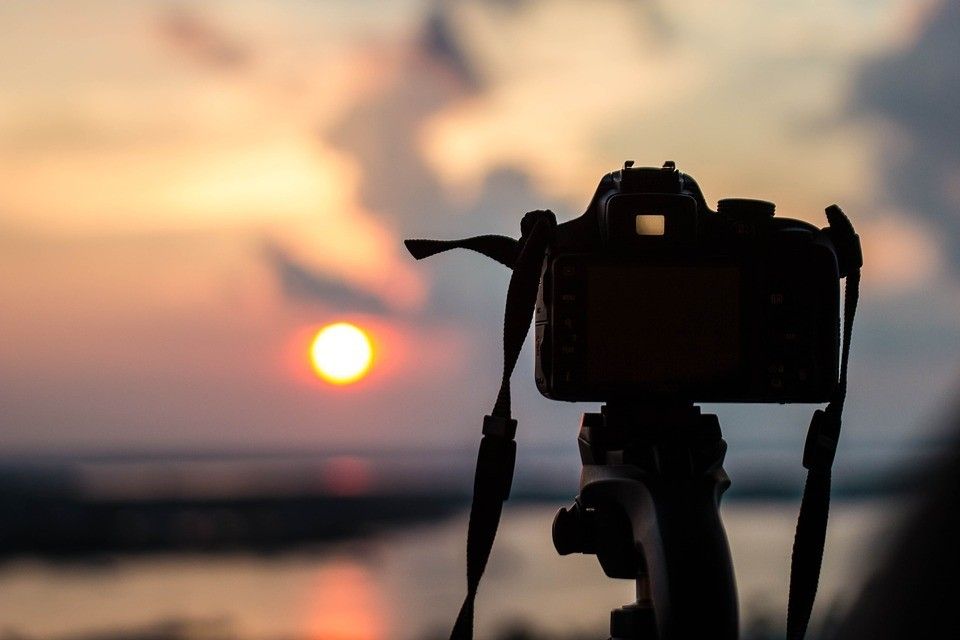
Watch A Beginner's Guide to Camera Angles and Shot Sizes
Shoulder Level Shot • Black Panther. Because the camera is aligned with the shoulder, it allows the actor's head to reach the top of the frame (reducing head room). It also places the actor's eye-line slightly above the camera, and, in turn, the illusion of a slightly lower angle.

Shooting 101 Types of Camera Shots and Angles Innovative Gear for Content Creators
A highly versatile camera angle, the overhead shot, or bird's eye view, involves placing the camera directly above the subject to capture it from a 90 degree angle. Michael Gondry's famous 'watching stars' scene from Eternal Sunshine of the Spotless Mind (2004) uses a bird's eye view to showcase the tension between Joel (Jim Carrey.
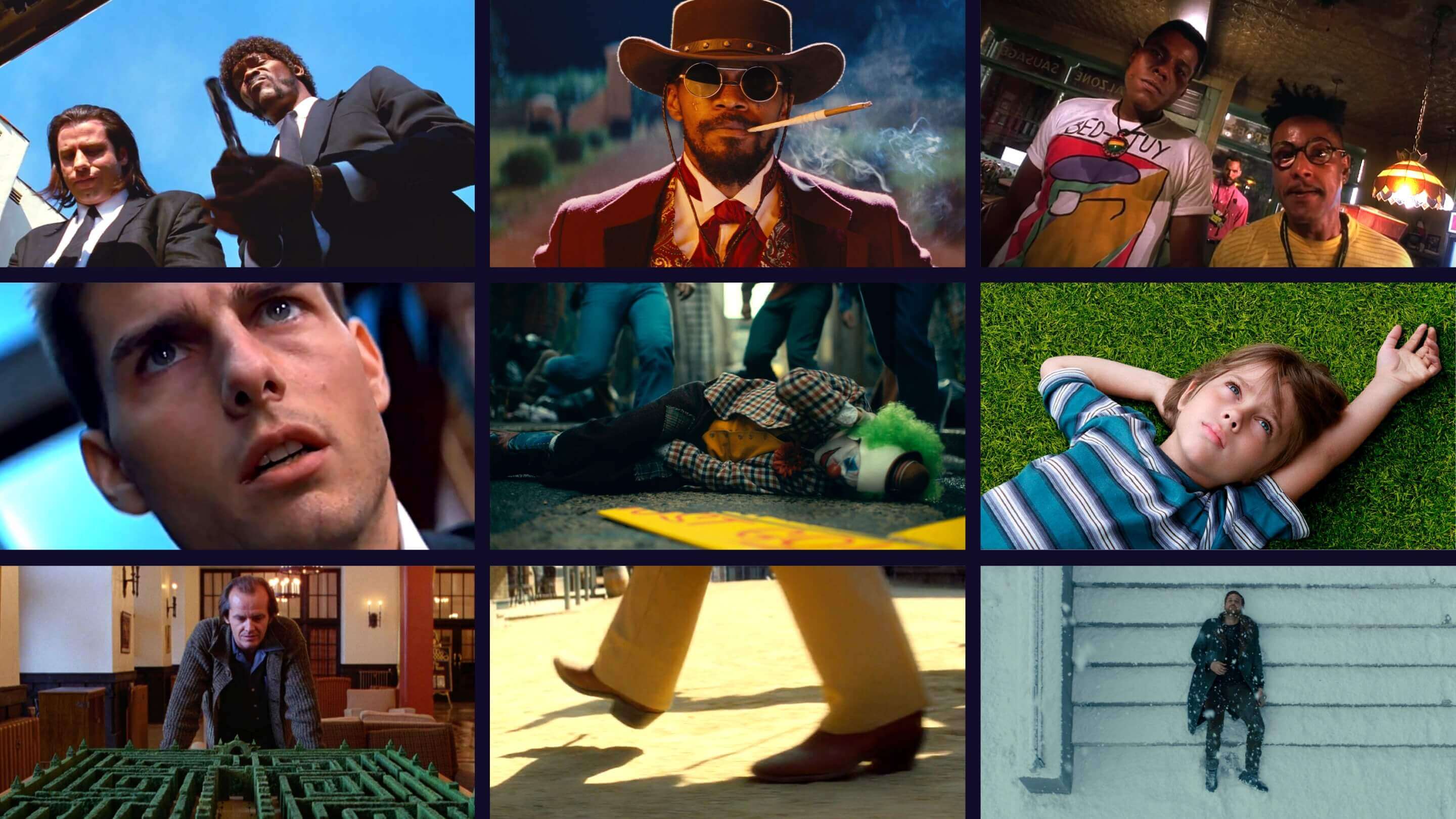
Camera Angles Explained The Different Types of Camera Shots in Film
Low angle shot. This is the opposite of the high angle shot. The camera is placed at a low height and pointed upward. It is generally used to show that the character is powerful, intimidating, or in a position of dominance. Over-the-shoulder shot. Imagine you have to shoot a scene with back-and-forth communication between two characters.

50+ Camera Angles, Shots, and Movements A Complete Guide in 2020 Camera angle, Handheld
This is when a director uses a high angle shot to show things that would be hard to see from any other angle. It is often used in battle sequences or when showing a large space that has a lot of visual information. It can establish the scale of a crowd. It can give context to a scene, and is usually shot at a shallow angle.
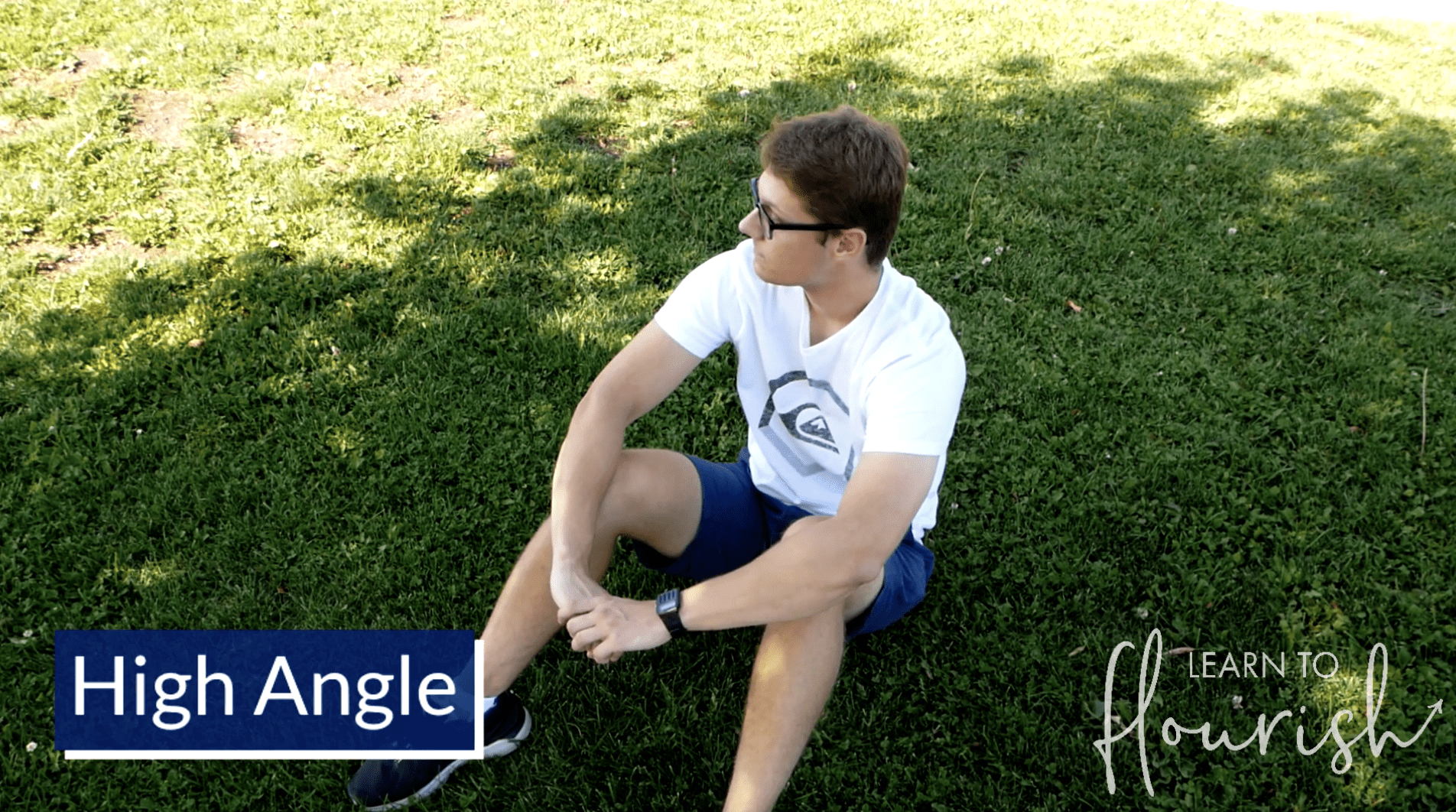
12 Camera Shots and Angles for Beginners Learn to Flourish
Master Camera angles, shots, and movements, truly the backbone of visual storytelling, with this post. Whatever tools you have, you need a complete understanding of these fundamental concepts. We cover EVERY Camera shot, movement, and angle in great depth with a host of examples and FREE infographics.
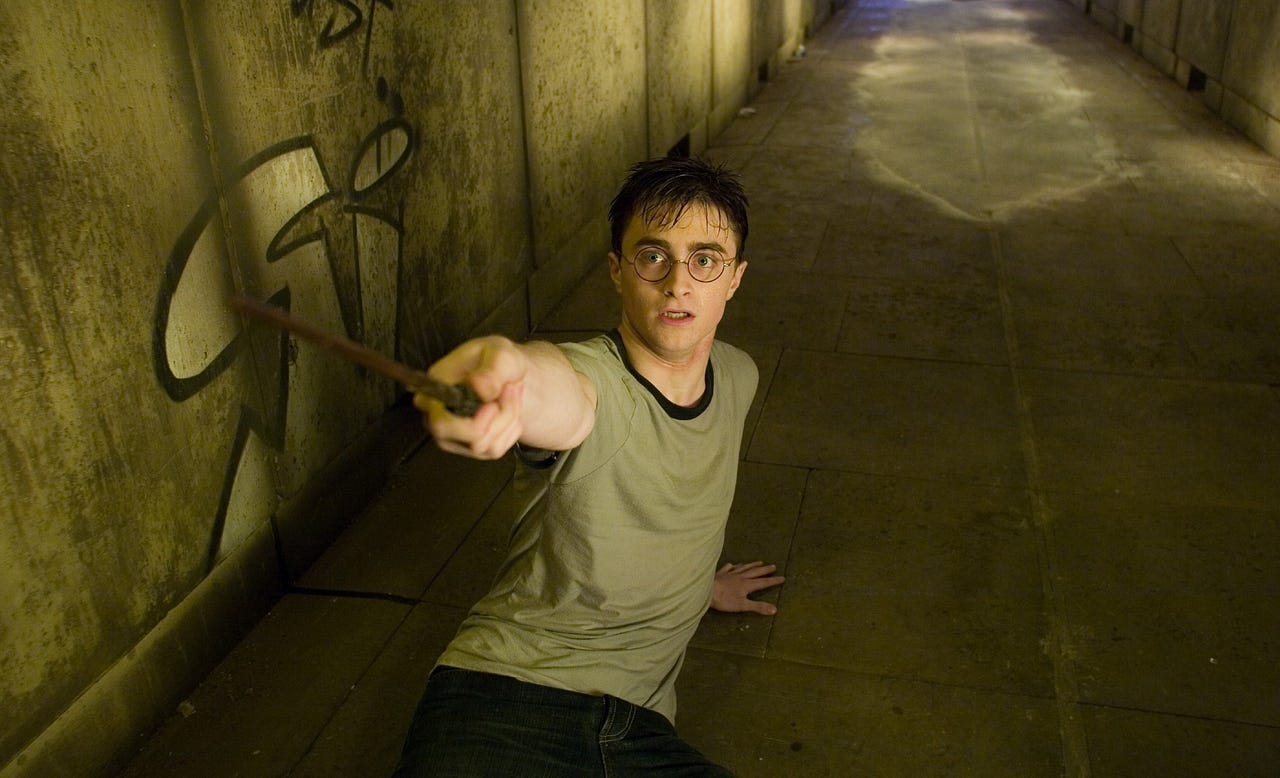
5 Most Important Camera Angles Every Filmmaker Needs To Master by Vliz Medium
The camera angle marks the specific location at which the movie camera or video camera is placed to take a shot. A scene may be shot from several camera angles simultaneously. [1] This will give a different experience and sometimes emotion. The different camera angles will have different effects on the viewer and how they perceive the scene.
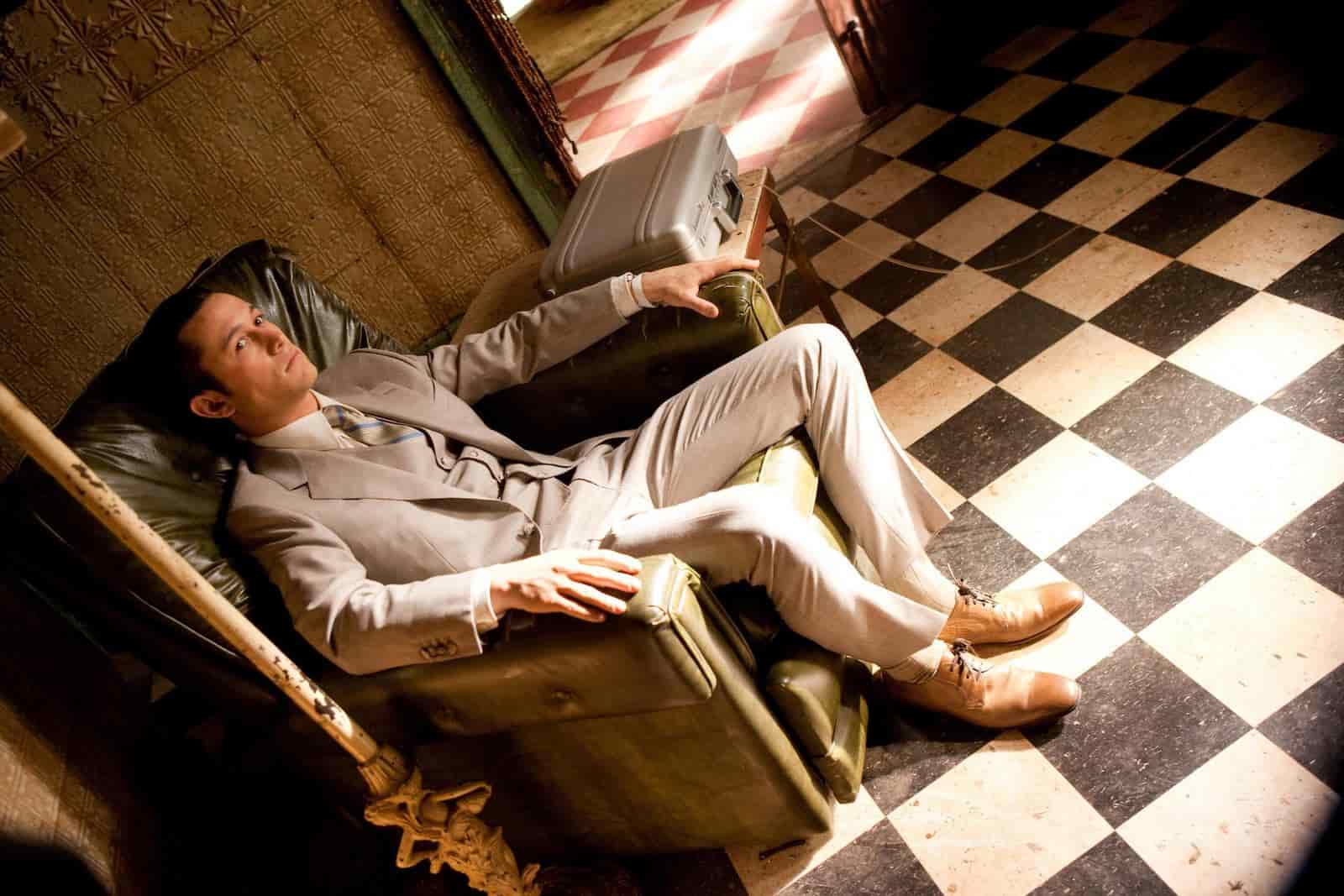
The Dutch Angle Creative Examples of Camera Movement and Shots
During a pan shot, the camera turns from side to side without changing its position. This type of camera shot is commonly used to follow an action or to allow viewers to get a sense of location in the sequence. 16. Tilt. Tilting is a type of shot in films in which the camera is moved vertically on a fixed base.

Camera Angles Camera shots and angles, Camera shots, Film photography tips
Continuing up the axis of the camera, you can do a knee-level shot. This camera angle is shot at the knee level of a character, and it's often used to include another character's entire body because it's further away. 4. Hip Level Shot. Usually, a hip-level camera angle is used for a cowboy shot.
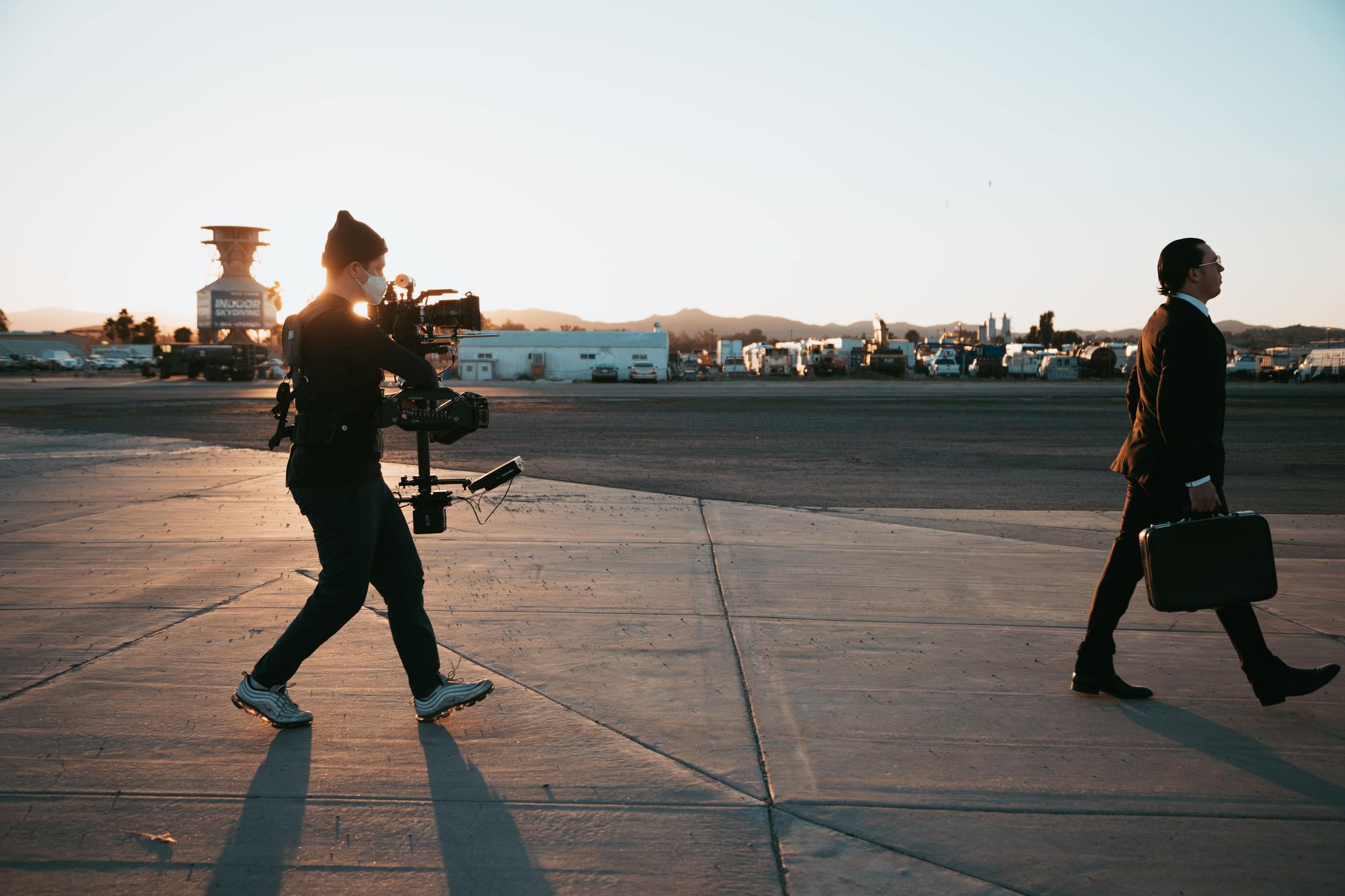
Camera Angles 101 50+ Angles, Shots, Movement & Focus' Explained
The classic angles are front, three-quarter, profile, three-quarter rear and rear. Horizontal position helps you control apparent depth. Profile shots are flat, whether a distant car traveling parallel to the camera or a subject walking across a room. This makes profile shots useful in conjunction with long lenses.

Macam Macam Angle Kamera Homecare24
Battle of the Bastards - Game of Thrones. This scene makes effective use of various angles and shot compositions, and it uses the eye level shot that has great impact. When Jon Snow realizes Ramsay has his brother on the end of a rope, the filmmakers use this high angle shot to diminish Jon's power.

The Essential Camera Angles In Photography And How To Use Them
Camera Shot DEFINITION What is a camera shot? A camera shot is composed of the series of frames that are shot uninterrupted from the moment the camera starts rolling until it stops. Camera shots are an essential aspect of filmmaking and video productions, because by combining different types of shots, angles and camera movements, the filmmakers are able to emphasize specific emotions, ideas.

Usefully infographic for Product Photography Camera Angles. Great guide for clients and
A down shot (also known as a high angle shot), in contrast to an up shot, is taken from a high angle, above the eye-level of the subject. Camera shots like this impart a sense of dominance over the subject, while also rendering them smaller and less imposing within the frame. The down shot can be used to evoke emotions of vulnerability.

50+ Camera Angles, Shots, and Movements A Complete Guide Camera shots, Filmmaking
A Dutch angle (known as a Dutch tilt, canted angle, or oblique angle) is a type of camera shot that has a noticeable tilt on the camera's "x-axis.". It's a camera technique that was used by the German Expressionists in the 1920s — so it's not actually Dutch. Directors often use a Dutch angle to signal to the viewer that something is.
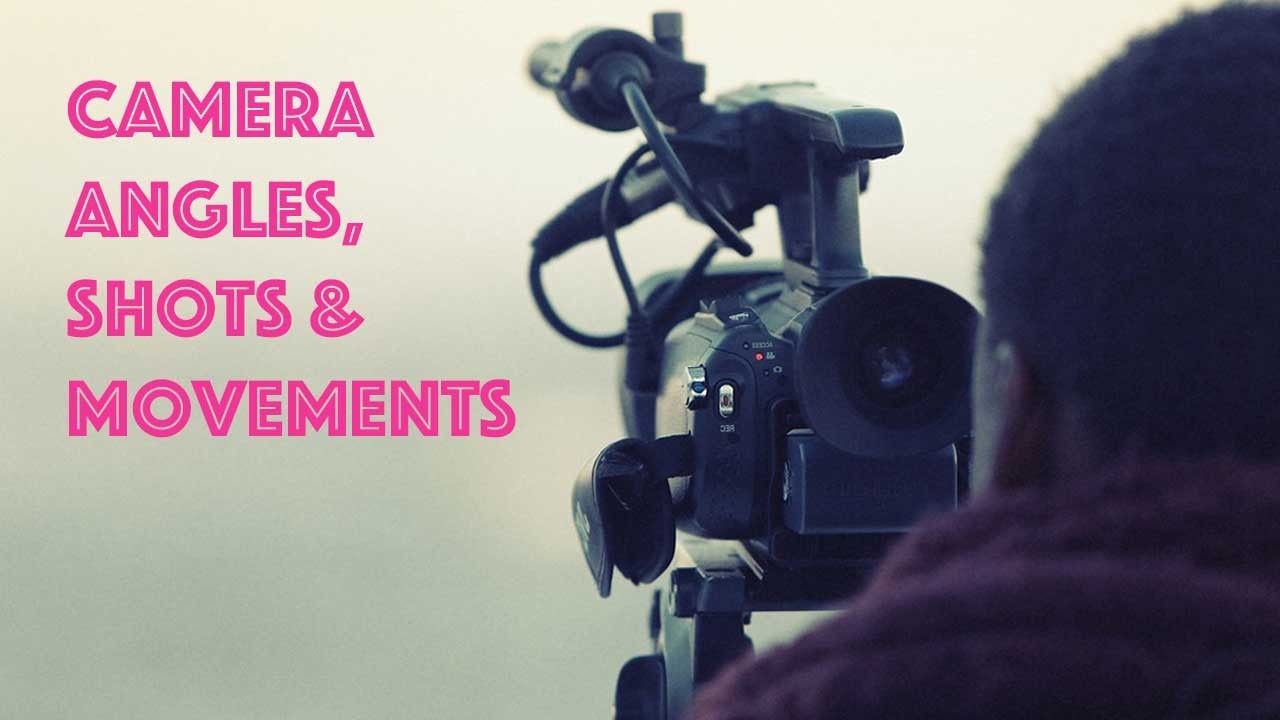
50+ Camera Angles, Shots, and Movements A Complete Guide
Using a dutch angle shot is one of the most common ways to convey disorientation. It's a great way to amplify whatever emotional state or suspense you want to bring to the scene. Think Ethan Hunt in Mission Impossible, as he realises it's all a setup, the camera suddenly changes angle. As Ethans' story goes sideways, so does the camera angle.
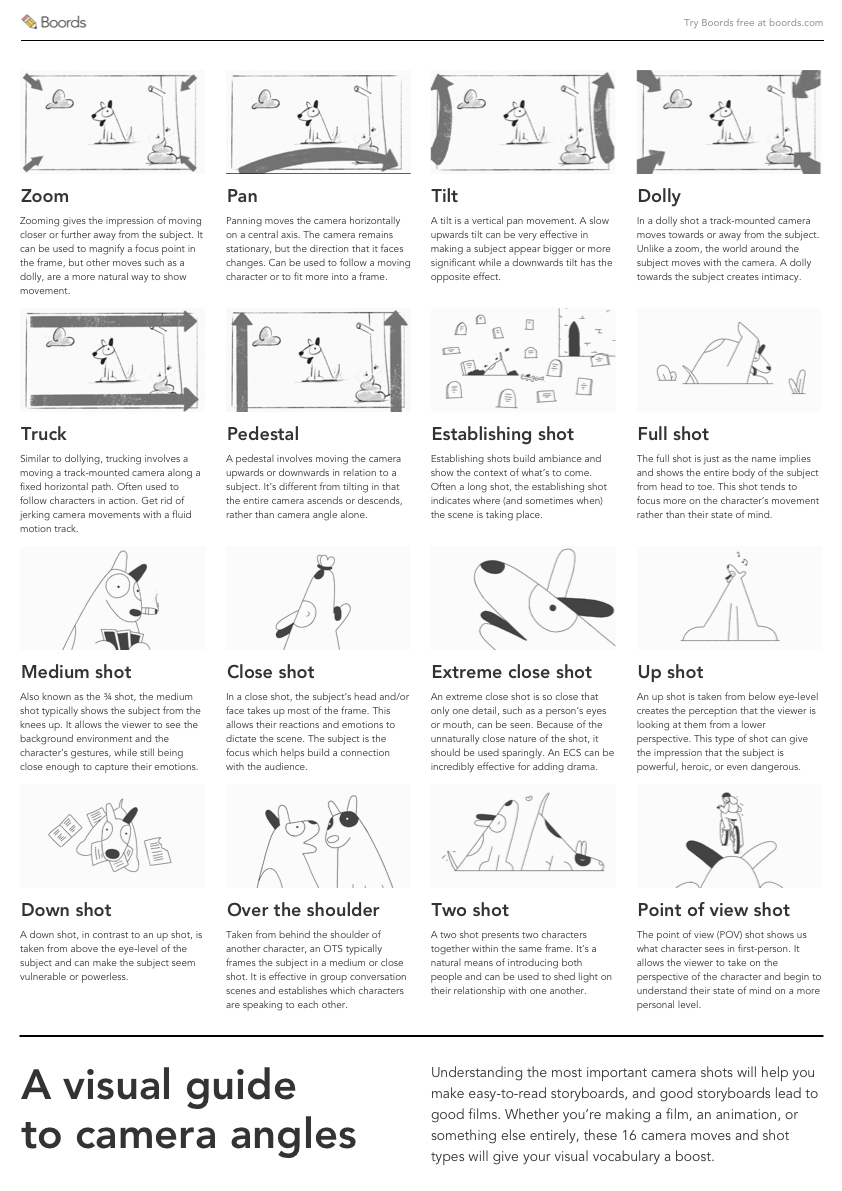
The 16 Types of Camera Shots & Angles (2021 Guide) Boords
5. Dutch Angle. The Dutch angle, also known as Dutch tilt, canted angle, or oblique angle, is a type of camera shot where the camera is intentionally tilted to one side. This technique creates a visually disorienting effect, presenting the scene in a skewed manner that suggests tension, instability, or unease.
15 Essential Camera Shots, Angles and Movements Photography Blog Tips ISO 1200 Magazine
4. The Eye level Angle. This angle is achieved when the camera is placed at the eye level of the subject in the frame. This angle is often complimentary to the normal shot, somewhere in the vicinity of what the human eye sees. This will be the most used shots for dramas, sitcoms, comedies etc. 5.